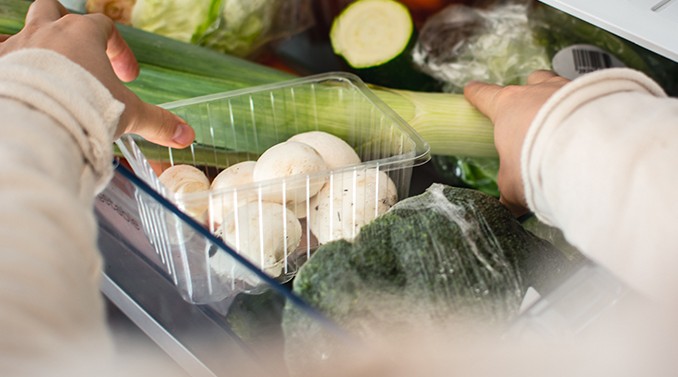
Today, more than 30% of all food produced globally is not consumed, while at the same time people are starving due to famine. Additionally, the unnecessary production of food that is wasted, is a significant contributor to global warming. Food waste is both an environmental and human issue, that could be partly solved by packaging. Here is why!
The food waste problem
Between 30 and 40 percent of all food produced around the world is not eaten. If a geographical area would reflect where we grow the food that we don’t eat – the area would be as big as China. If this global issue could be solved, then the world population of 2050, estimated to nine billion people, could be fed without the need to further increase today’s level of food and agricultural production. This is the reason why the Save Food Initiative was started in 2011, which is one of many organisations committed to reduce food waste. Today, the organisation has 300 member organisations supporting it, including the United Nations Environment Program.
Awareness is necessary to decrease CO2 emissions
Foods that are often wasted are meat, bread, vegetables and cheese. One step in the process of reducing food waste is awareness. If people don’t realise how much we waste, there will be no change. Only in Europe, a consumer’s food loss equal approximately ten percent of that person’s annual CO2 emissions. When you throw away food, you don’t only throw away that product, but also the amount of work put into producing the product, as well as the effect the production has had on the environment. The packaging generates between two and ten percent of the CO2 footprint of a product. But if packaging leads to consumption of food and thus avoid food waste, 90 to 98 percent of the CO2 footprint of that product will not be in vain.
Packaging and export reduce the food waste of Kenyan mangos by 45%
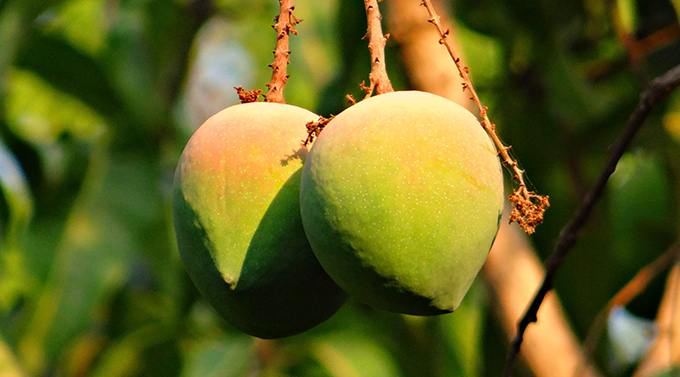 An example of a product that to a large extent gets wasted is mango from Kenya. The mangos ripen at approximately the same time every year and due to the big mango crops, the Kenyan population don’t stand a chance to eat them all. Due to lack of technology, logistics and knowledge of how to process and package the mangos, 64 percent of the whole harvest of mangos rots. With help from the Save Food Initiative, a Kenyan entrepreneur received both capital and knowledge and was able to process, dry, and pack the mangos. They now export the mangos with an objective to reduce 45 percent of the waste of mangos.
An example of a product that to a large extent gets wasted is mango from Kenya. The mangos ripen at approximately the same time every year and due to the big mango crops, the Kenyan population don’t stand a chance to eat them all. Due to lack of technology, logistics and knowledge of how to process and package the mangos, 64 percent of the whole harvest of mangos rots. With help from the Save Food Initiative, a Kenyan entrepreneur received both capital and knowledge and was able to process, dry, and pack the mangos. They now export the mangos with an objective to reduce 45 percent of the waste of mangos.
It is more common to waste fresh food than to waste canned or packed food
There are many misunderstandings about packaging; for example that fresh food is better for the environment than packaged food, and packed food is wasted more than fresh food. If you for example visit a fruit and vegetable market just before closing, you will see how much food is wasted. If the same food was processed and packaged, none of it would have to go to waste. The US Department of Agriculture shows that food losses of fresh sweet corn are 32 percent, where the losses of canned sweet corn only is seven percent. The same situation applies to peas, where 42 percent fresh peas are tossed compared to eight percent canned peas.
The footprint caused by packaging is counterbalanced by avoiding food waste
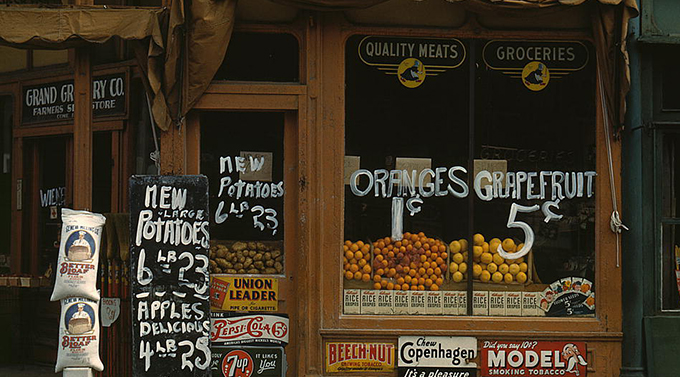 Many people think a cucumber with plastic is a bad thing, but you actually increase the shelf life with three to fourteen days, since they stay fresh longer when packaged. Packaged cheese is more resource efficient than unpackaged cheese since it has a longer shelf life. Overall, a portion of packaged cheese decreases the CO2 footprint by 40 percent compared to unpacked cheese, despite the fact that you invest a little more in the packaging. Another factor to consider is the transportation to and from the supermarket, which also affects the environment. It is better to drive one time to the supermarket and buy two packed cucumbers that stay fresh, instead of driving to the supermarket two times, buying one unpacked cucumber at a time.
Many people think a cucumber with plastic is a bad thing, but you actually increase the shelf life with three to fourteen days, since they stay fresh longer when packaged. Packaged cheese is more resource efficient than unpackaged cheese since it has a longer shelf life. Overall, a portion of packaged cheese decreases the CO2 footprint by 40 percent compared to unpacked cheese, despite the fact that you invest a little more in the packaging. Another factor to consider is the transportation to and from the supermarket, which also affects the environment. It is better to drive one time to the supermarket and buy two packed cucumbers that stay fresh, instead of driving to the supermarket two times, buying one unpacked cucumber at a time.
Packaging plays a key role in preserving our environmental resources
 30 percent of fresh food becomes waste but only ten percent of packaged food becomes waste. The problem is – no one wants more packaging. As much as 89 percent of the consumers believe that the problem is packaging and that investment in packaging is harmful to the environment, but it really is the other way around. Packaging must play a key role in facilitating the supply of food to preserve our environmental resources and to help drive a more sustainable consumption.
30 percent of fresh food becomes waste but only ten percent of packaged food becomes waste. The problem is – no one wants more packaging. As much as 89 percent of the consumers believe that the problem is packaging and that investment in packaging is harmful to the environment, but it really is the other way around. Packaging must play a key role in facilitating the supply of food to preserve our environmental resources and to help drive a more sustainable consumption.
What are your experiences of using packaging to reduce food waste? Please comment on the article in our social media channels. If you have any questions please contact me here or visit our website for more information.


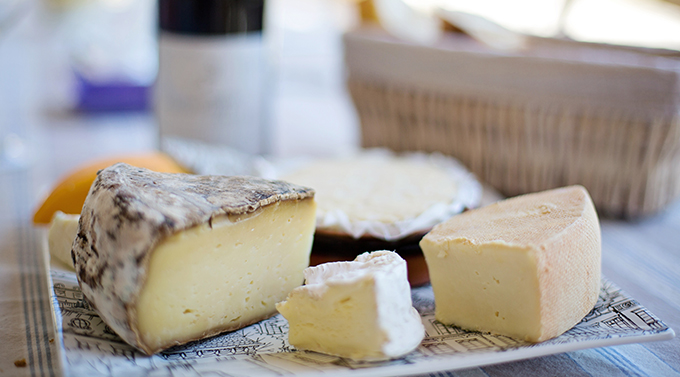
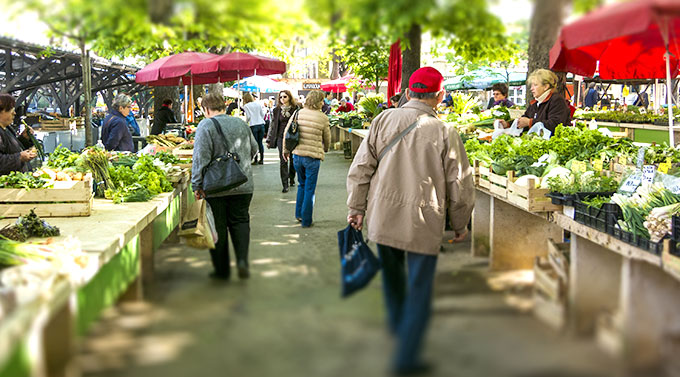
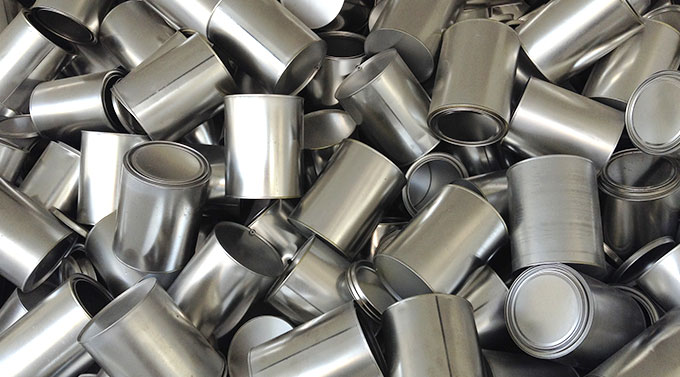

Great Tommy, some really revealing points. I actually notice how much I hold onto food in tins compared to unpackaged that is quickly placed in the backyar chicken food bucket. Not sure if the package helps, but I feel it is “half full” when it is in a metal can and keep using it – eg baked beans.
Thank you
Bren